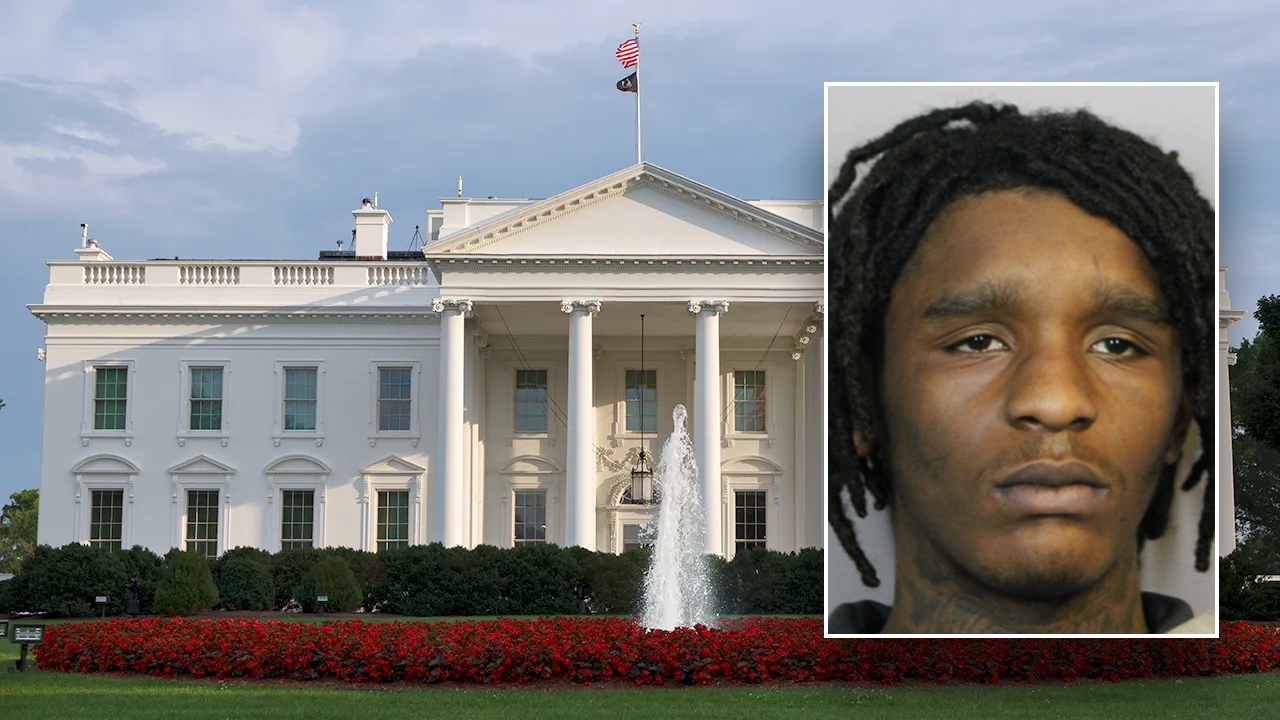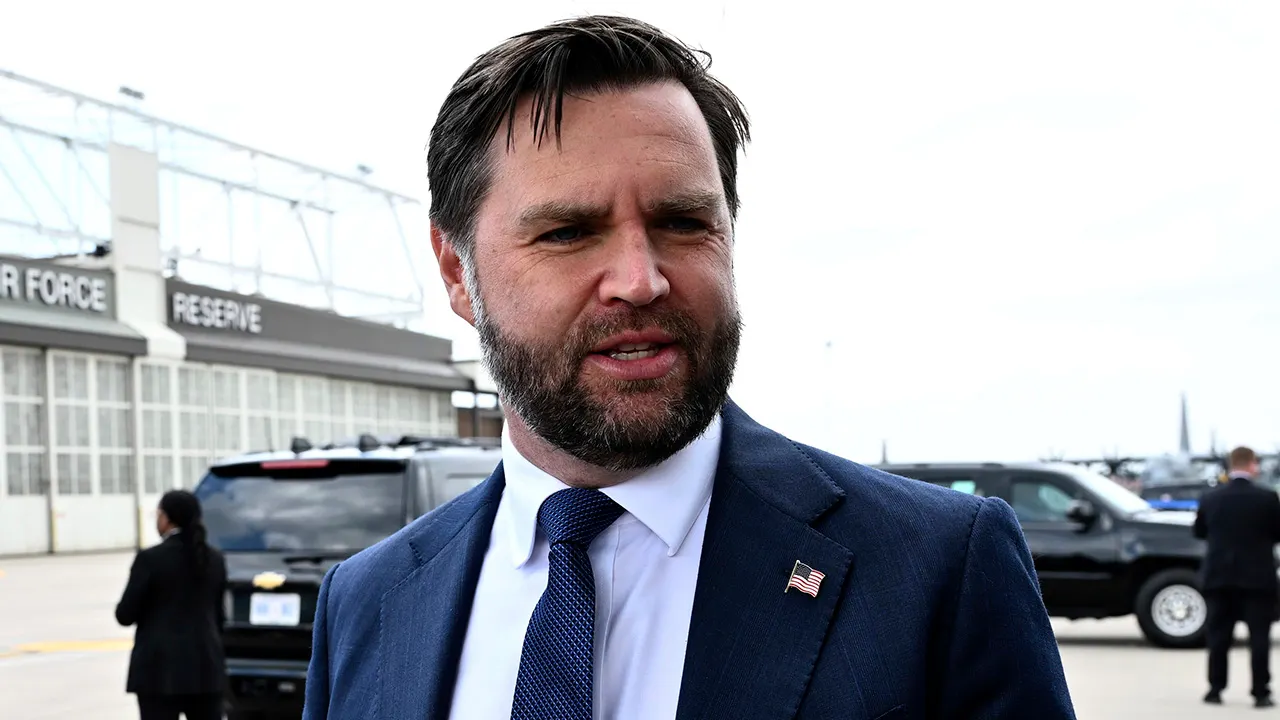Trump requests $892.6 billion base defense budget, a real-terms cut

The Trump administration is requesting a $892.6 billion base defense budget for the upcoming fiscal year, an overall cut when adjusted for inflation and far below the $1 trillion figure President Donald Trump promised last month.
The request, released by the Office of Management and Budget without further detail Friday, did not include how much of that figure is slated for the Pentagon alone. Military spending is usually 95% of the national defense budget, which would put the Defense Department’s share around $852 billion.
The administration framed the number as a large increase in the defense budget, or $961 billion for the Pentagon. That said, a footnote in the White House’s request explains the total assumes Congress will pass a separate party-line spending package under debate right now.
“The President wants to increase defense spending to $1 trillion, a 13% increase to keep our country secure. This budget provides that level while ensuring that only Republican-votes are needed by using reconciliation to secure those increases without Democrats insisting on increasing wasteful government,” OMB Director Russell Vought posted on X Friday, referring to the party-line spending process.
That bill includes $150 billion for defense, including many of Trump’s priorities, such as shipbuilding and missile defense. The administration could spend a large share of that money up front, but the bill hasn’t passed yet and includes funding available for the next several years, not in the upcoming fiscal year alone.
The total is also not part of the Pentagon’s “base budget,” or the government equivalent of an annual salary, not year-end bonuses. Congress regularly passed extra money for the Pentagon during the Biden administration, responding to America’s support for the wars in Israel and Ukraine. Those packages didn’t factor into the overall Pentagon top line.
“OMB is not requesting a trillion-dollar budget. It is requesting a budget of $892.6 billion, which is a cut in real terms,” Senate Armed Services Committee Chairman Roger Wicker, R-Miss., wrote in a Friday statement highly critical of the request.
Defense Secretary Pete Hegseth, speaking alongside the president in April, pledged a $1 trillion defense budget, leaving some in Congress confused as to what they meant. Would that be the Pentagon budget alone or be for all national security spending? Would it be the base budget or include additional defense spending that Congress regularly passes?
“COMING SOON: the first TRILLION dollar @DeptofDefense budget,” Hegseth posted on the social platform X afterward.
The total released Friday highlights a debate within Republican foreign policy camps now in power. Traditional defense hawks, like Wicker, want a surge in defense spending similar to the one President Ronald Reagan led in the 1980s. At the same time, many members of the administration, including Vought and tech mogul Elon Musk, are trying to slash government budgets overall.
The White House’s documents released Friday list the same defense budget passed for this fiscal year and requested for the next one: $892.6 billion.
In a statement, Senate Appropriations Committee Chair Susan Collins, R-Maine, said she had “serious objections to the proposed freeze in our defense funding given the security challenges we face.”
Sen. Mitch McConnell, R-Ky., who chairs the appropriations subcommittee on defense, was even sharper.
“Make no mistake: a one-time influx reconciliation spending is not a substitute for full-year appropriations. It’s a supplement,” McConnell wrote in a statement.
The Biden administration had previously projected an $877 billion Pentagon budget request for fiscal 2026, though outgoing Defense Secretary Lloyd Austin called for a much higher one in January at around $926 billion.
The Pentagon is currently operating on its first-ever full-year continuing resolution, normally a temporary spending bill passed to give Congress extra time to negotiate its final budgets. The bill nearly caps defense spending at the fiscal year 2024 level, though it gives the Defense Department far more freedom to spend the money than usual.
Analysts are watching the upcoming budget cycle to see if that bill set a new precedent, one more deferential to the administration on military spending.
While the new top line will allow Congress to start writing its spending bills for the upcoming fiscal year, the lack of a detailed budget request will continue to limit the amount of time available for debate.
The administration’s annual request usually occurs in March but is regularly delayed in a president’s first year. A full rollout isn’t expected until after Memorial Day.
Noah Robertson is the Pentagon reporter at Defense News. He previously covered national security for the Christian Science Monitor. He holds a bachelor’s degree in English and government from the College of William & Mary in his hometown of Williamsburg, Virginia.







